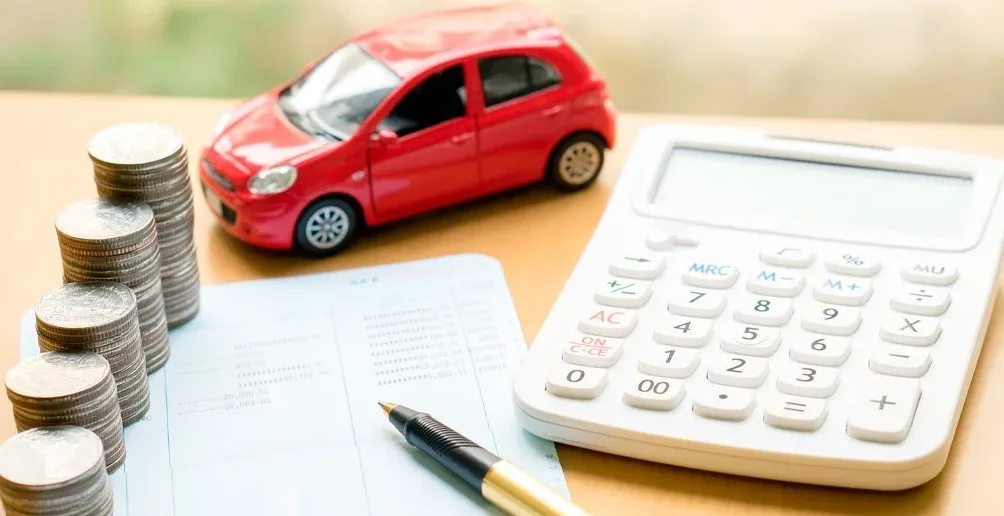Getting your money back—whether from a purchase, a canceled service, or a disputed charge—can be straightforward if you know your rights and the proper steps to follow. Understanding the process helps you act quickly and increases your chances of a successful refund.
First, it’s essential to check the refund policy of the seller or service provider. Most businesses clearly outline the conditions for returns, cancellations, and refunds on their website or receipt. Knowing these terms can help you determine if you’re eligible and what documentation you might need to provide.
If you’re requesting a refund for a product, keep it in its original condition and packaging whenever possible. Having proof of purchase, such as a receipt or order confirmation, is also crucial. For services, gather any written agreements, emails, or invoices that support your claim.
When a direct refund request doesn’t work, your payment method may offer another solution. If you paid with a credit or debit card, contact your bank to initiate a chargeback—a process that allows you to dispute a transaction and potentially recover your money. This is especially useful for undelivered goods or unauthorized charges.
If the company refuses to cooperate, you may escalate the issue through consumer protection organizations or dispute resolution services. In some cases, small claims court can also be an option.
Being polite but firm in your communication, staying organized, and acting within the specified time limits are key to resolving refund issues successfully. Knowing your consumer rights and being proactive can make all the difference in getting your money back.
